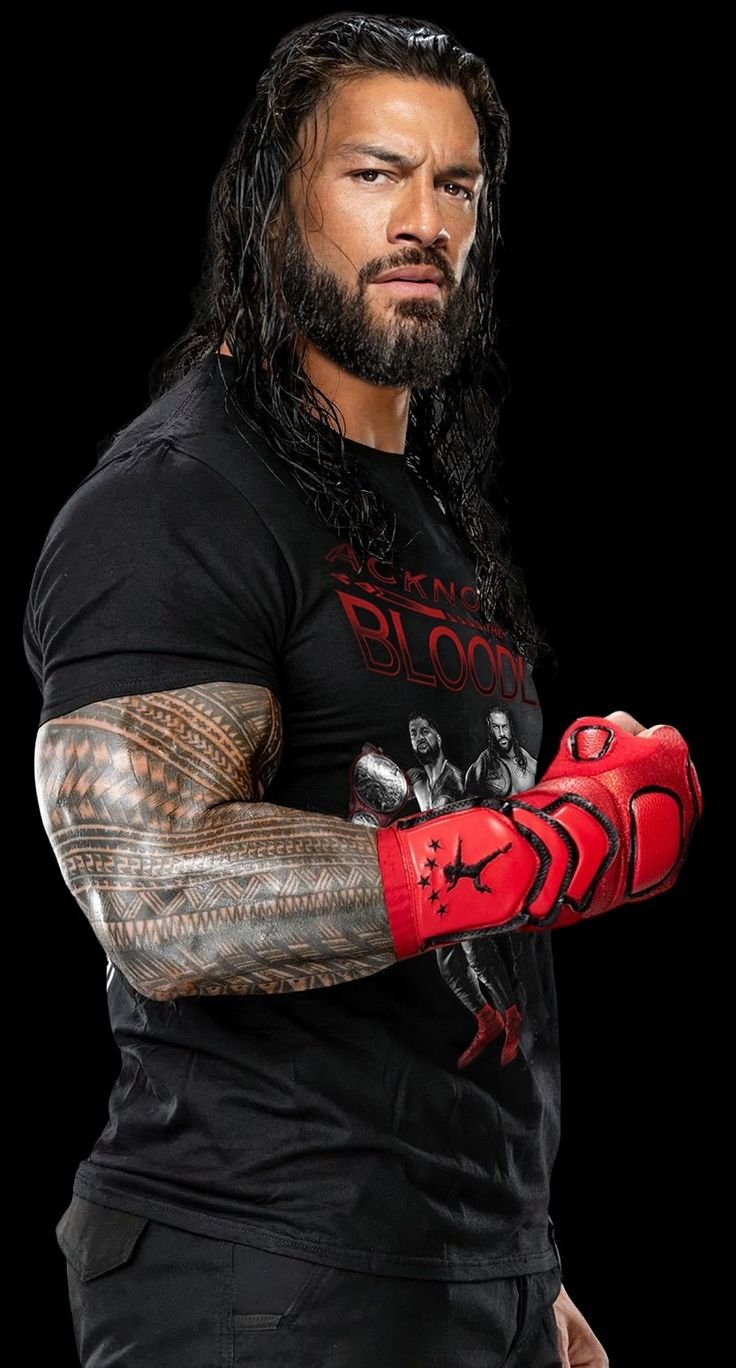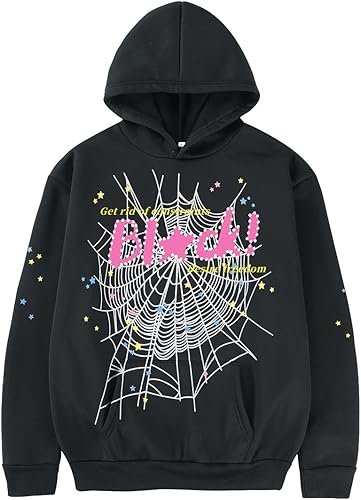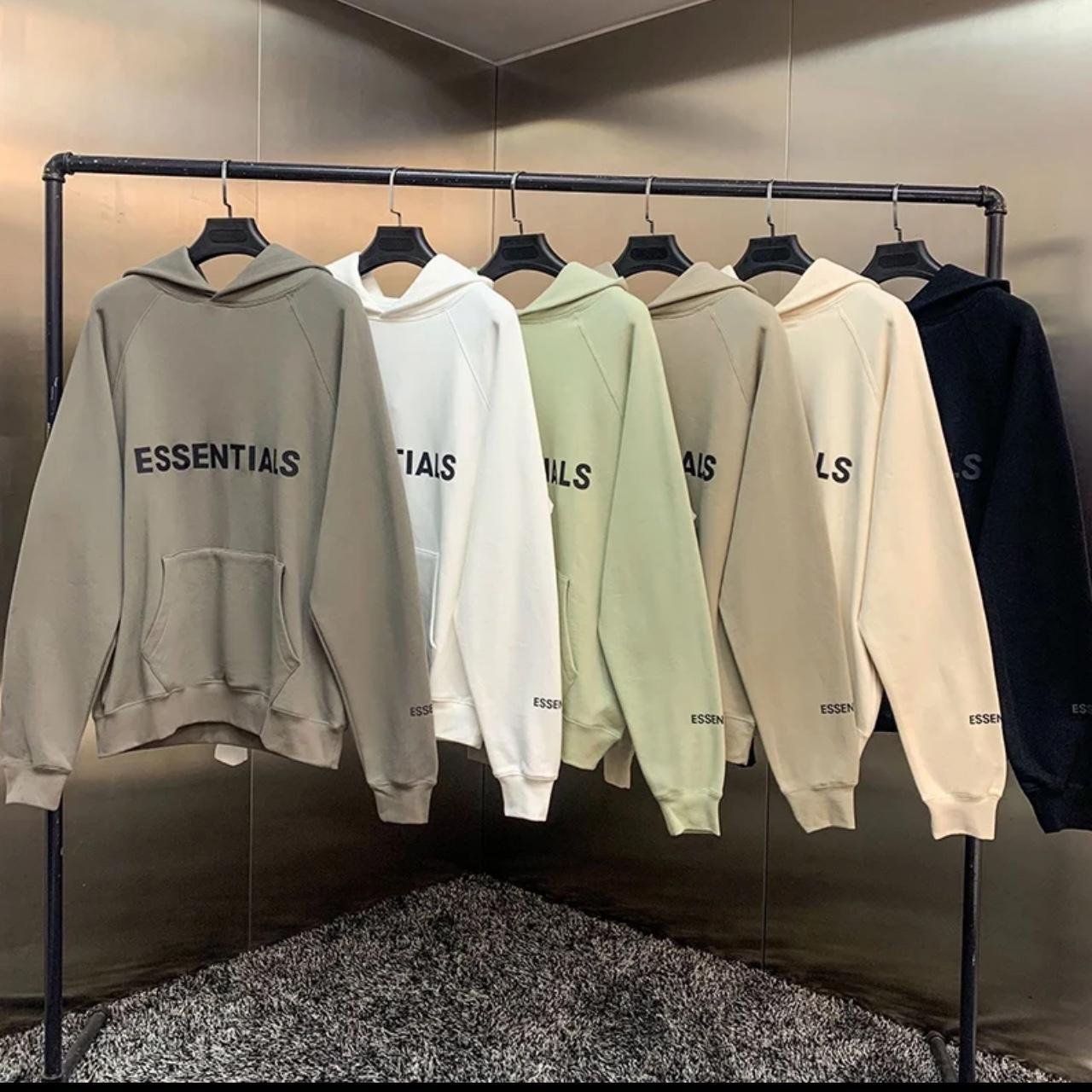The ring and the octagon aren’t the only places where battles are fought these days. In today’s world, social media has become a second arena—a digital battlefield where fans, athletes, and brands compete for attention, engagement, and loyalty. For two of the biggest names in combat entertainment, this fight for online dominance has never been more intense. When comparing wwe vs ufc popularity, the story isn’t just about TV ratings or event attendance anymore. It’s about who’s winning the digital crowd—who owns the conversations, the memes, and the emotional moments that keep audiences coming back.
The Digital Arena: Where Stories and Strikes Collide
A Tale of Two Titans
In the old days, being a fan meant watching weekly shows or saving up for pay-per-view events. Now, fandom lives online—on Instagram reels, TikTok highlights, and X (formerly Twitter) threads that ignite overnight debates.
For WWE, social media became a natural extension of its scripted storytelling. Every feud, promo, or championship win lives far beyond the ring, turning into viral moments and emotional exchanges between fans.
UFC, on the other hand, built its empire on real fights and unpredictable outcomes. A fighter’s personality—unfiltered and raw—creates instant virality. One knockout clip, one press conference face-off, one emotional post-fight speech, and the internet explodes.
Both organizations have learned to harness this energy, but they use it differently. WWE crafts moments that are cinematic and emotional, while UFC relies on authenticity and adrenaline.
The Numbers Behind the Noise
It’s no secret that both WWE and UFC dominate the digital landscape. But their social footprints reveal unique approaches to growth.
- WWE’s social media following across all platforms (Instagram, YouTube, TikTok, X, and Facebook) surpasses hundreds of millions. Its YouTube channel alone is among the most-subscribed sports channels in the world.
- UFC’s digital presence has seen explosive growth, particularly among younger audiences. Short-form content—knockouts, weigh-ins, and behind-the-scenes footage—thrives on TikTok and YouTube Shorts.
WWE benefits from consistency and character continuity; its stars stay in storylines for years, giving fans long-term narratives to follow. UFC thrives on realness—the raw drama that can’t be scripted.
This difference makes the social media showdown so fascinating. WWE’s content builds attachment; UFC’s content builds anticipation.
Emotions, Identity, and Digital Loyalty
If you’ve ever watched your partner’s face light up when their favorite wrestler returns—or seen your friend jump up during a UFC knockout—you understand the emotional depth these brands carry.
Social media has only magnified that emotion. It’s no longer about waiting for the next event. Fans live their fandom daily, scrolling through updates, liking posts, and debating in comment sections.
The Power of Connection
Social media gives both WWE and UFC a direct line to their fans. And unlike the old cable-TV days, this connection is intimate and ongoing.
- WWE uses platforms like Instagram and TikTok to share “behind-the-scenes” glimpses, heartfelt moments, and fan-centric content. This makes the brand feel personal.
- UFC, meanwhile, leverages authenticity. A fighter’s social media account often tells a story of struggle, sacrifice, and triumph. Fans don’t just follow fights—they follow people.
In a way, UFC has a grassroots feel. You can watch a fighter’s rise from obscurity to champion right on their feed. WWE, by contrast, provides a more cinematic escape—fans follow legends, family legacies, and long-running rivalries.
Both approaches connect deeply, but differently.
From Living Rooms to Timelines
For families, these digital shifts have changed how we experience fandom together. It used to be that a father and son would gather in front of the TV for WrestleMania or a big UFC fight night.
Now, those same moments happen on phones, through highlight clips or shared reactions online.
You might send your son a viral clip of a WWE entrance and say, “Remember when we used to watch this together?” Or your partner might tag you in a UFC meme because it reminds them of your favorite fighter.
These are small, modern gestures—but they mean something. They keep the fandom alive in everyday interactions.
WWE: The Storyteller of Social Media
Crafting Emotion, Not Just Action
WWE’s biggest strength lies in its storytelling, and it translates beautifully online. Each post feels like a chapter in an ongoing saga—carefully timed, emotionally charged, and visually powerful.
Superstars like Roman Reigns, Seth Rollins, and Becky Lynch aren’t just wrestlers—they’re digital icons. Their storylines trend across platforms, often merging reality with fiction in ways that keep fans guessing.
Community and Inclusivity
One reason WWE maintains massive social reach is its inclusivity. Its content appeals to families, kids, and nostalgic adults alike.
Parents who grew up watching The Rock or John Cena now introduce their children to today’s stars. It becomes a generational bridge, shared both on-screen and online.
That kind of emotional accessibility fuels WWE’s engagement numbers—it’s not just entertainment; it’s shared memory and identity.
UFC: The Realest Brand in the Game
Authenticity Is the Currency
UFC thrives because nothing is scripted. Every fight, every exchange, every facial bruise tells a story that no writer could create.
This authenticity translates powerfully on social media. When a fighter posts after a tough loss or shares raw training footage, fans respond deeply. The audience feels invested because it’s real.
That’s why UFC’s engagement rates often rival or surpass WWE’s, despite having fewer total followers. The content might be less polished—but it’s emotionally charged.
Personality-Driven Growth
Fighters like Conor McGregor, Khabib Nurmagomedov, and Israel Adesanya have become global social media forces. Their online personas blur the line between athlete, celebrity, and influencer.
FAQs
Q: Who has the bigger social media following—WWE or UFC?
WWE currently holds a larger total social following across major platforms, but UFC’s engagement rate is higher. WWE’s global, family-friendly reach contrasts with UFC’s more targeted, authenticity-driven fan base.
Q: How does social media influence their overall success?
Social media shapes perception. For WWE, it keeps stories alive between events. For UFC, it builds anticipation and humanizes fighters. Both rely heavily on digital presence to grow new audiences and maintain relevance.
Q: How does this affect fans and gifting?
Fans now feel closer to their favorite athletes than ever before. When gifting, items or experiences that connect to digital fandom—like online meet-and-greets, exclusive content, or streaming passes—carry emotional weight. It’s a way to say, “I get your passion.”
Q: Which brand wins the online engagement war?
It depends on what you value. WWE wins in reach; UFC wins in growth rate and intensity. Over time, the scales could tip either way depending on trends and how younger audiences engage with content.
Q: Does social media redefine wwe vs ufc popularity?
Absolutely. In today’s era, popularity isn’t measured only by viewership—it’s measured by interaction. How many people share, comment, react, or create content inspired by your brand? In that sense, both WWE and UFC are reinventing what modern-day fame looks like.




Leave a Reply